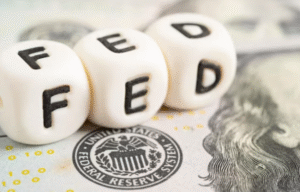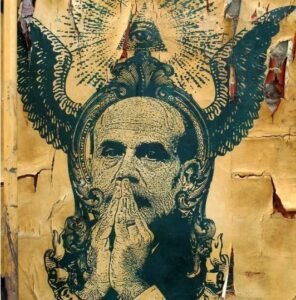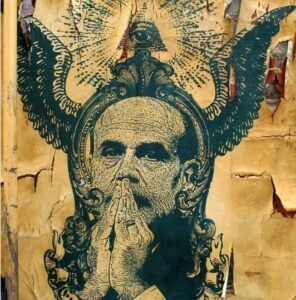$GBPUSD $DXY $FXB
#Forex #Pound #BritishEconomy #Sterling #CurrencyTrading #UKInflation #DollarIndex #InterestRates #BoE #FinancialMarkets #GBP #MacroEconomics
The British pound has surged beyond the $1.30 mark for the first time since November, reflecting a combination of persistent UK inflation and a widespread retreat in the US dollar. Sterling has been on an upward trajectory throughout this year, gaining strength as economic conditions in the UK continue to present challenges to the Bank of England’s monetary tightening cycle. As inflation remains stubbornly above target levels, the central bank has faced difficulties in shifting towards interest rate cuts, bolstering investor sentiment around a stronger pound. Meanwhile, the US dollar has shown broad weakness as markets increasingly anticipate an easing of monetary policy from the Federal Reserve. This confluence of factors has driven GBP/USD to a multi-month high, highlighting the dynamic interaction of inflation expectations, interest rates, and currency valuations.
UK inflation remains one of the most critical influences on sterling’s performance. Despite efforts by the Bank of England to curb inflation through aggressive rate hikes, price growth has been slow to decline towards the central bank’s 2% target. Elevated consumer prices have fueled expectations that the BoE will need to maintain a restrictive monetary stance for longer than previously anticipated, providing additional support for the pound. At the same time, the resilience of the UK labor market and strong wage growth have reinforced this outlook, as policymakers must balance the risks of economic slowdown against the imperative to control inflation. Consequently, traders have increased their bets on a delayed rate-cutting cycle by the BoE, which has added to the positive momentum in GBP/USD.
On the other side of the equation, the US dollar has been under renewed pressure amid shifting expectations for Federal Reserve policy. Recent economic data from the United States has indicated cooling inflation and moderating labor market conditions, strengthening the case for rate cuts later in the year. The US dollar index ($DXY), which measures the greenback against a basket of major currencies, has weakened as traders factor in a likely pivot by the Fed towards looser monetary policy. This decline in dollar strength has provided a tailwind for GBP/USD, as investors favor currencies associated with higher interest rate expectations. While uncertainty remains about the exact timing of potential rate cuts in both the UK and US, the contrasting economic outlooks have tilted market sentiment in favor of the pound in the short term.
Looking ahead, the sustainability of sterling’s rally will depend on further economic developments and central bank policy decisions. If UK inflation continues to outpace expectations, the Bank of England may be forced to maintain a higher-for-longer stance on interest rates, further strengthening the currency. However, any signals of a slowing UK economy or a premature shift towards easing could dampen bullish momentum for the pound. Similarly, the trajectory of the US dollar will be closely tied to incoming data and the Federal Reserve’s guidance on interest rates. If the market reassesses Fed rate-cut expectations, the US dollar could regain ground, posing a challenge to sterling’s current upward movement. For now, GBP/USD remains buoyed by economic divergence and shifting monetary policy dynamics, with traders watching key macroeconomic indicators for signals of the next move in forex markets.











Comments are closed.